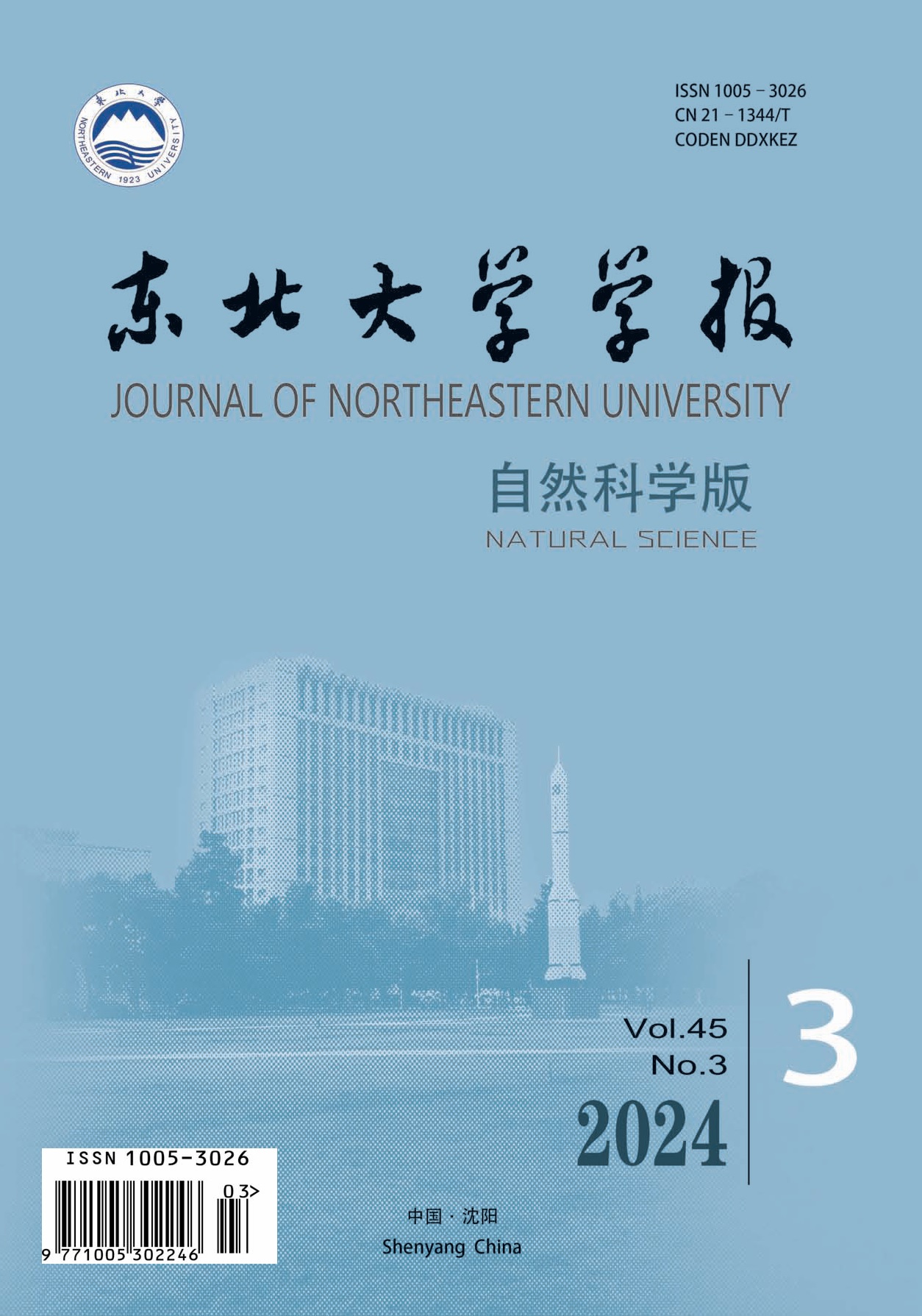The cold‐rolled 5059 aluminum alloy plate was annealed at different temperatures
(125~275 ℃) for 1 h, and the effects of stabilizing annealing temperature on the microstructure and properties of the plate were studied. The results showed that shear bands passing through multiple fibrous grains were formed in the deformed microsturcture of the cold‐rolled plate with deformation 62.8%. After annealing at different temperatures (150~225 ℃) for 1 h, theβ phase was precipitated continuously along the shear bands, leading to the formation of corrosion grooves during intergranular corrosion processes. As the annealing temperature increased from 125 ℃ to 275 ℃, the yield strength and tensile strength of the 5059 plate decreased from 386 and 474 MPa to 301 and 407 MPa, respectively, while the elongation increased from 10.4% to 18.1%. The corrosion amount per unit area of 5059 aluminum alloy cold‐rolled plates increased from 13.7 mg/cm2 of 125 ℃×1 h annealed plate to 53.8 mg/cm2 of 200 ℃×1 h, and then gradually decreased to 4.9 mg/cm2 of 275 ℃×1 h annealed plate.

